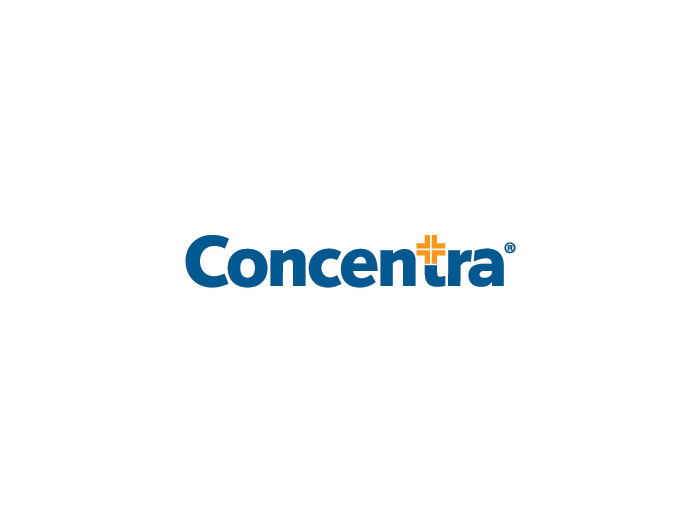Reputation
Social Media: A Double-Edged Sword

Something as simple as a hashtag can launch an event onto a national stage in a matter of hours. For companies and organizations harnessing social media as a business tool, that kind of attention can go both ways.
In Target’s massive cyber breach last year, customers unleashed their fury on Facebook and Twitter, spreading bad press perhaps too overwhelming for a corporate response to counter. Nearly a year later, the company has slashed its profit outlook for 2014 as it struggles to regain consumer trust.
Earlier this year, the New York Police Department started the hashtag #myNYPD, encouraging people to tweet friendly photos of themselves with officers. The marketing ploy backfired, however, when people shared photos of police brutality instead.
Another marketing ploy backfired during Hurricane Sandy in 2012, when Gap posted a tweet telling customers in the area to stay safe, and perhaps spend their time using the store’s website. Faced with backlash for insensitivity, the retail chain later deleted the tweet and apologized.
But the pendulum can swing the other way, too. Take for example the ALS Ice Bucket Challenge.
The Facebook campaign prompting users to donate to the ALS Association — or record themselves dumping a bucket of ice water over their heads — has so far raised $111 million and boosted awareness of the debilitating disease, according to the association.
Video: Justin Timberlake, Jimmy Fallon and others take the ice bucket challenge.
While Facebook, Twitter and LinkedIn are the most common channels used by companies, more social media forums are emerging, and executives and risk managers must consider how to deal with the reputational and legal risks while take advantage of the communication breadth and speed of social media.
“Social media is the quickest, most efficient way to reach customers,” said Mark Scovera, president of Access Florida Finance Corporation (AFFC). “It has allowed us to target our customers and focus in on folks who really want to hear our message.”
Scovera participated in survey and report by audit and advisory firm Grant Thornton, “Social media risks and rewards,” focusing on the pros and cons of social media for business.
The report identified four top risks associated with social media. First and foremost: brand reputation. Others included the disclosure of proprietary information, corporate identity theft, and legal, regulatory or compliance violations.
Thirty-eight percent of the 111 executives surveyed said their companies use social media to raise brand awareness, while 27 percent use it for recruiting purposes. Fifty-five percent said social media will be an important component of corporate efforts in the future.
“Social media is not simply a technology issue; it’s a business issue and opportunity, and therefore requires a specific strategy that directly ties back to the organization’s overall corporate strategy,” the report said.
Only 33 percent of companies surveyed had a defined social media policy, and only 36 percent provided social media training for employees. But 40 percent are developing a policy or have other related ones in place, such as “acceptable use” and “bring your own device” policies.
“A number of companies are adopting social media policies,” said Melissa Krasnow, certified information privacy professional and corporate partner with Dorsey & Whitney LLP.
But the language within those policies must comply with state and national regulations. For example, states have different laws governing whether employers can demand log-in information for employees’ private accounts.
“Companies need to consult with legal counsel,” she said.
The National Labor Relations Board (NLRB) is scrutinizing employer social media policies that appear too restrictive of employees’ speech and the “right to come together to discuss work-related issues for the purpose of collective bargaining or other mutual aid or protection.”
In other words, policies that forbid or punish employees for speaking ill of their companies on social media could be found unlawful by the NLRB.
How then can employers limit the spread of bad press by a disgruntled employee or customer?
Video: Comcast refuses to cancel a customer’s service in this video that went viral.
“We had a marketing consultant that advised on things to do and not to do, and how to handle negative comments,” Scovera said.
“It would be no different than if we were speaking in front of a large group and asked a difficult question. We try to put a positive spin on it, and if the person persists, we attempt to take it offline. We’ve never had to get to this point, but if that didn’t work, we’d do whatever we can to delete the comments and block that person.”
Scovera and AFFC’s social media policy also addresses how to manage the content generated and disseminated by the organization. Scovera meets with his marketing coordinator on a monthly basis to determine which messages or types of content the company should push out.
“The third area was to make sure it was clear that the company owns the social media content and contact,” he said. “We didn’t want an employee who developed contacts through social media to leave and take all those followers with them.”
“This involves aspects of intellectual property risk,” Krasnow said. “Whose name is on the account? Who actually owns it?”
In addition to input from legal counsel, some suggest that IT, risk management, and marketing departments should vet messages before they are posted because each function will have a different perspective..
“As social media evolves, there are new risks all the time that a business owner needs to be aware of,” Sovera said.
With the right policies in place, companies can keep themselves from becoming another negative hashtag.










